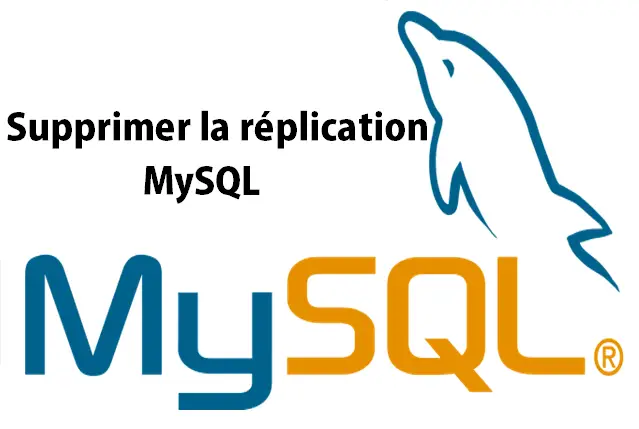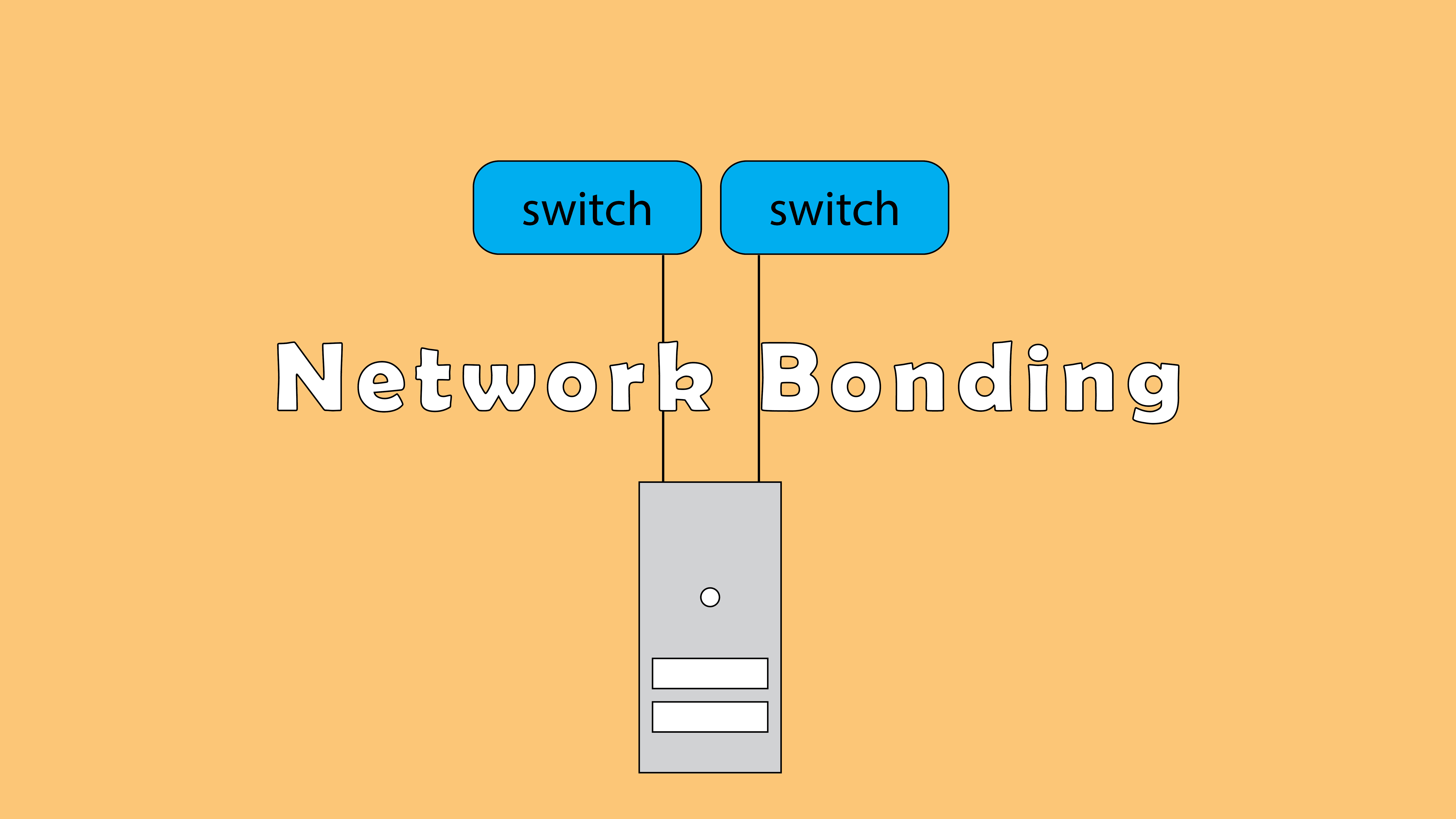Nous avons vu dans un article précèdent comment configurer la réplication MySQL Master/Slave sur CentOS 7. Dans cet article nous allons voir comment désactiver la réplication MySQL.
Serveur slave :
Nous allons commencer par supprimer la réplication au niveau du serveur slave :
Connectez-vous à la consol Mysql :
root@Slave ~]# mysql -u root -p Enter Password : Welcome to the MySQL monitor. Commands end with ; or \g. Your MySQL connection id is 1 Server version: 5.5.37-cll MySQL Community Server (GPL) Copyright (c) 2000, 2014, Oracle and/or its affiliates. All rights reserved. Oracle is a registered trademark of Oracle Corporation and/or its affiliates. Other names may be trademarks of their respective owners. Type 'help;' or '\h' for help. Type '\c' to clear the current input statement.
Arrêtez le serveur slave avec la commande ci-dessous :
mysql> stop slave; Query OK, 0 rows affected, 1 warning (0.00 sec)
Réinitialisez la configuration du slave :
mysql> reset slave all; Query OK, 0 rows affected (0.00 sec)
Vérifiez le status du slave :
mysql> show slave status\G Empty set (0.00 sec)
Supprimer ensuite l’utilisateur de réplication (replica dans mon cas) :
mysql> select user,host from mysql.user where user='replica'; +-----------------+-----------+ | user | host | +-----------------+-----------+ | replica | localhost | +-----------------+-----------+ 1 row in set (0.00 sec)
mysql> drop user 'replica'@'localhost'; Query OK, 0 rows affected (0.01 sec)
Vérifiez si l’utilisateur a été bien supprimé :
mysql> select user,host from mysql.user where user='replica'; Empty set (0.00 sec)
Déconnectez vous du consol MySQL:
mysql> exit Bye
Supprimer les lignes lié à la réplication su fichier my.cnf :
[mysqld]
server-id=1
log-bin=mysql-bin
datadir=/var/lib/mysql
socket=/var/lib/mysql/mysql.sockEnfin redémarrez le servie mysql :
root@slave ~# service mysql restart Shutting down MySQL...... SUCCESS! Starting MySQL. SUCCESS!
Serveur Mysql master :
Connectez-vous à la consol Mysql :
root@Master ~]# mysql -u root -p Enter Password : Welcome to the MySQL monitor. Commands end with ; or \g. Your MySQL connection id is 1 Server version: 5.5.37-cll MySQL Community Server (GPL) Copyright (c) 2000, 2014, Oracle and/or its affiliates. All rights reserved. Oracle is a registered trademark of Oracle Corporation and/or its affiliates. Other names may be trademarks of their respective owners. Type 'help;' or '\h' for help. Type '\c' to clear the current input statement.
Supprimez l’utilisateur de réplication :
mysql> drop user 'replica'@'localhost'; Query OK, 0 rows affected (0.01 sec)
Exécutez la commande flush the privileges :
mysql> flush privileges; Query OK, 0 rows affected (0.00 sec)
Supprimez les lignes liés à la réplication su fichier my.cnf :
[mysqld]
server-id=2
log-bin=mysql-bin
datadir=/var/lib/mysql
socket=/var/lib/mysql/mysql.sockEnfin redémarrez le servie mysql :
root@Master ~# service mysql restart Shutting down MySQL...... SUCCESS! Starting MySQL. SUCCESS!








Mis en place d’un cluster kubernetes avec kubeadm
nmtui : Configurer une adresse IP sous Linux
Empêcher les utilisateurs sudoers d’exécuter des cmds sudo
Comment installer Docker sur Rocky Linux 9
Fail2Ban : How to protect Linux services